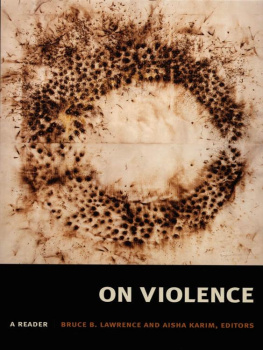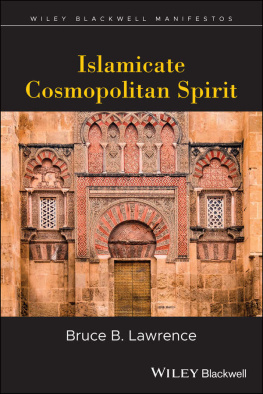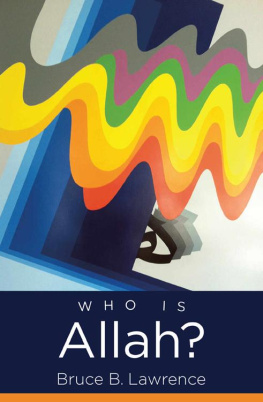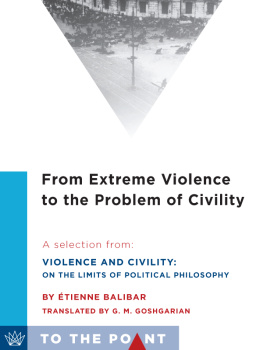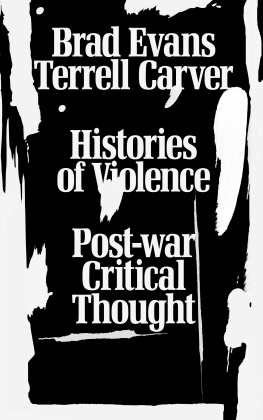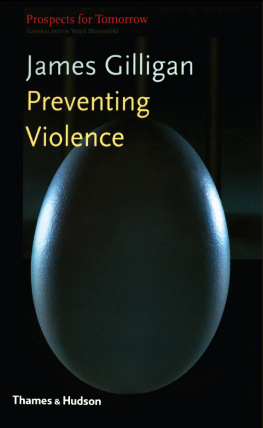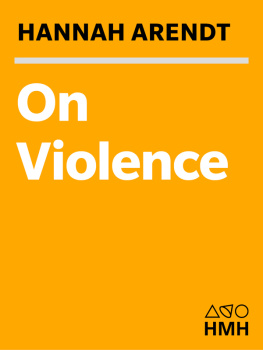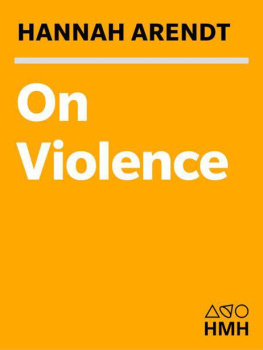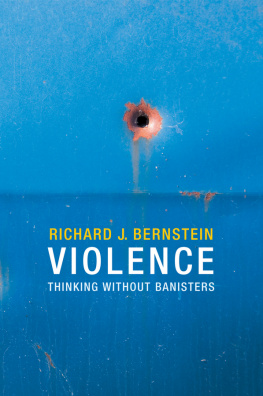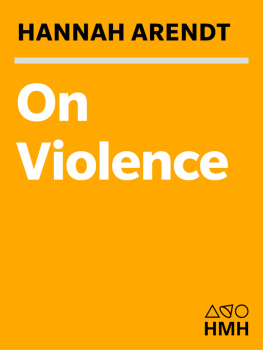Edited by Bruce B. Lawrence and Aisha Karim
All rights reserved. Printed in the United States of America on acid-free paper Designed by Amy Ruth Buchanan.
Typeset in Minion and Meta by Keystone Typesetting, Inc.
Library of Congress Cataloging-in-Publication data appear on the last printed page of this book.
Duke University Press gratefully acknowledges the support of the Harry Frank Guggenheim Foundation, which provided funds toward permission costs of this book.
ACKNOWLEDGMENTS
A work of this scope and complexity covers many years in the life of an individual, and in the case of On Violence there were many stages from its inception as an idea to its completion as a book nearly fifteen years later.
We cannot begin to recapitulate all those who have assisted in the process. For Bruce Lawrence, the first editor, the chain of gratitude extends back to Bruce Kapferer, now a professor of anthropology at the University of Bergen. While Lawrence and Kapferer were serving on the board of advisors for the religion initiative at the Harry F. Guggenheim Foundation during the early 1990s, they conceived of this project and worked together on preliminary drafts. Graduate students at Duke University then stimulated and assisted the continuation of the project, and when Aisha Karim became fully committed to its completion, she also agreed to become a coeditor. Other graduate students at Duke University who worked on the project include Randy Styers, Scott Kugle, Ann Burlein, Youshaa Patel, and, especially in the final stages, Brett Wilson. Undergraduates have also done time in tracking down sources and proofreading, with Alex Barna and Sandra Hernandez deserving special mention. Another undergraduate student, now a professor in his own right, Louis Ruprecht Jr., provided the keen eye that led to the inclusion of the segment from Simone Weil, and to Lou the editors owe yet one more debt of gratitude.
On Violence would never have been possible without James Hester, president emeritus of the Harry Frank Guggenheim Foundation, and Karen Colvard, the foundations senior program officer. Both helped in so many ways that the editors, happily and humbly, dedicate the book to them. Karen Colvard, in particular, had the intelligence, the energy, and the patience without which a project like this could never have been imagined, much less achieved its final apotheosis as a book. Both editors express an open, and deep, gratitude to her, as also to James Hester.
Bruce Lawrence has also been assisted by his partner, miriam cooke, at every stage. She has read and commented on parts of the manuscript. She has helped to make sense of gaps in its initial organization, and she has been a catalyst for many of the good ideas that appear in the introductions. Neither miriam nor anyone other than the editors, however, is responsible for the flaws that a book like this must, and always will, contain. The editors have struggled with a topic, an issue, and a problem that exceeds the bounds of both common sense and in-depth analysis, and they accept responsibility for whatever is lacking in the pages.
Ken Wissoker and Courtney Berger of Duke University Press made the final steps toward publication not only bearable but at times pleasant. They, too, deserve a token of gratitude, which we gladly extend to them.
General Introduction: Theorizing Violence in the Twenty-first Century
What is violence, and how is it calculated? September 11, 2001 has become the milestone of violence for the twenty-first century and for American citizens. On that day four U.S. commercial airliners were hijacked and transformed into weapons of mass destruction. One plane hit the Pentagon, destroying part of a major annex and exacting a high death toll. One plane crashed in a field in Pennsylvania, killing all on board. But the deadliest two planes were guided into the World Trade Center towers, major monuments of U.S. financial prowess located in New York City; both towers collapsed, and the lives of thousands were lost.
But how many thousands died? One day after the attack the U.S. media reported that 7,000 lives had been lost in the attacks on the World Trade Center and the Pentagon. The final count, tallied less than four months later, was 2,893.
Airplane wrecks can lead to indirect as well as direct carnage. In April 1994, following a plane crash that killed both the president of Burundi and the president of Rwanda, rumors abounded about the cause. Some suspected that the plane had been shot down due to ethnic rivalries and desires for vengeance. Riots flared in Rwanda. The estimated number of Tutsi and Hutu killed varied between 10,000 and 200,000! But, indisputably, the greater number of those killed were Hutu, so much so that the violence in Central Africa is now called Hutu genocide, albeit, outside of Rwanda, a faceless and nameless genocide
Not so the death of Amy Biehl. In August 1993 in South Africa, Biehl was dragged from her car in a black township near Capetown and beaten to death by three shantytown black youth. Her murder shocked. It, and the trial that followed, drew extensive media attention. Many black deaths also took place during 19931994, yet they continued to be reported unceremoniously in South African newspapers as mere body counts, a persistent residue of the apartheid years. White deaths countthe victims have names, personalities, histories and grieving family members. Black deaths do not, with African murder victims normally reported as faceless, unidentified bodies.
Whether the goal is to count victims of violence or to represent them, the lesson is the same: context matters. Violence always has a context. Context shapes not just the actors or victims but also those who represent them. What is celebrated in one place may be mourned in another. Memory is never an equal balance, or a neutral lens, of human experience and history. What may be remembered and highlighted in New York may seem unimportant, even inconsequential, in Africa, but more often the reverse is true. The ongoing, massive violence in Central Africa, for instance, concerns almost no one outside of African aid agencies, or arms export merchants. It is as if a thick curtain of silence has descended on the blood-soaked landscape of Rwanda.
One might say that the news media, whether dealing with Rwanda or some other crisis area, is just doing its job: telling prospective readers about the violence that defines their everyday lives. Yet the media also create and respond to expectations that news stories be shocking. In the early twenty-first century newspapers and magazines are confronting new rivals, having lost circulation nationally and worldwide to telejournalism and, since 1994, to the World Wide Web as well. Yet all media, from the oldest newspaper to the newest Web site, rely on the dramatic story that compels readers to buy or to tune in and turn on. Violent incidents still shock; their stories still sell. The chain of violence forged through image and narration thus cannot be broken by holding accountable the news media, whether print or visual or virtual. What is produced through the New York Post in the United States or the Daily Mail in London is magnified on MTV and CNNand even, since the late 1990s, on Al-Jazeera. Market forces are driven in part by consumer interest, and violence sells.
On Violence projects violence as an element in the life stories of both editors, who are keenly aware of the shadow of violence that has claimed so many victims. It has made them both recognize how fragile and contingent is ordinary, unviolated existence. Aishas earliest memories go back to the Pakistani-Indian skirmishes in the early 1970s. There were frequent blackouts, and every evening, as Aisha and her family tried to sleep under the stairs of the apartment building, crammed in with the other four families that inhabited the same space, they wondered whether they would survive the night or whether they would be bombed out of existence. Many of those who shared that apartment building did not live to see the end of the last major war between India and Pakistan, which resulted in the formation of Bangladesh as an independent politybut only after exacting a high human toll.

